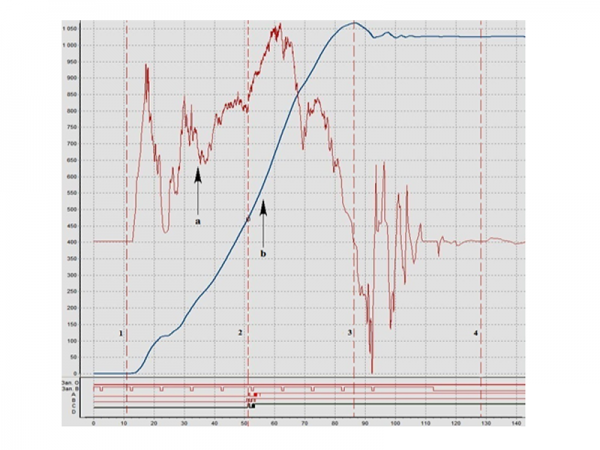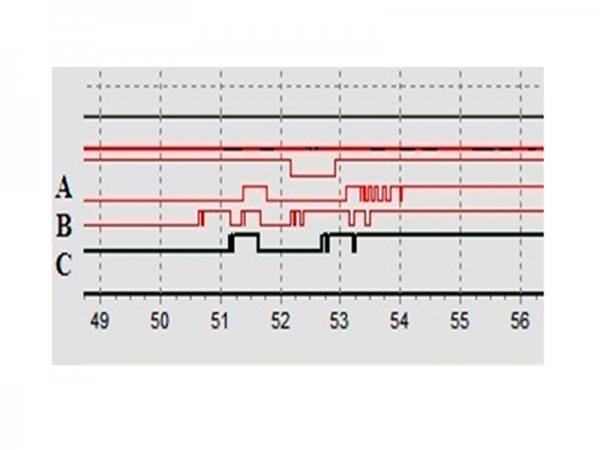SKB EP instruments: advanced technologies serve power industry
Transmission networks extension and retrofit worldwide expands the market of HV circuit breakers, and rapid economic and industrial growth stipulates increased power consumption. China and Russia become the largest markets and are of interest for the companies willing to use this tendency. A market of analyzers needed during commissioning the new equipment and for controlling the condition of equipment in operation grows in parallel.
HV circuit breakers in many existing power systems have been in operation for 25-30 years and their service life has expired. High demand for this equipment for replacing the obsolete one is expected, whereas demand for equipment for retrofitting will get an additional impulse stipulated by technological changes, as, for example, air and oil circuit breakers need to be replaced by more advanced SF6 or vacuum circuit breakers.
The SKB EP Company has been developing and manufacturing analyzers for power industry. A family of instruments for HV circuit breaker diagnosis that are manufactured today includes four instruments: The PKV/M6N, PKV/M7, PKV/U3.0 and PKV/U3.1. Owing to advanced technologies used in those instruments they can be used for all the types and classes of voltages. Thanks to systems approach to measured parameters the instruments allow early detection of faults in the circuit breakers. Deviations of tested parameters from reference values at this stage may not be detected yet.
Let us consider operation of the SF6 circuit breaker triggering (of foreign manufacture). Curve 'a' in Fig. 1 (blue one) represents the travel vs time dependence of moving elements; curve 'b' (red one) shows speed vs time dependence. Behavior of a travel curve does not show any problems in the triggering process. Overlapping the speed vs time curve and a travel curve reveals some sections that are worth attention.
Speed jump followed by its drop practically to zero at section 1-2 right after triggering may be due to clearances occurred in the node on which a transducer is mounted. Speed decline is also observed in Point 2 of contacts closing in the arch-extinction chamber due to operation of an arch-extinction contact. During closing of these contacts the first and second speed drops occur at shaft rotation by 50°(this is the shaft on which a transducer is mounted). At this moment the main contacts of the arch-extinction chamber close (Section 2-3). Another speed drop is observed in the middle of this section that is caused by closing buffer actuation. Then the circuit breaker operation can be followed at Section 3-4. Nature and duration of 'chatter' allows us to make judgments on the buffer condition.
Operation of arch-extinction contacts is another parameter of a circuit breaker that can be estimated using the graph. Fig. 2 shows dependence of contacts status across all the three poles on the travel, where lower position corresponds to the OPEN status and the upper one to the CLOSE status. Difference in actuation and 'chatter' of contacts are obvious. The 'chatter' is mainly due to the fact that the arch-extinction contact is displaced from the lamel center and bounces back from the surface at the first touch. Difference in contacts operation across poles between the first closed contact B and the last contact A makes less than 1 ms, which is within tolerances for such types of HV circuit breakers.
All the PKV instruments are completed with high-precision digital displacement transducers: the DP12 linear displacement transducer for the range of 0 – 900mm and resolution of 0.5 mm, and an angular displacement transducer DP21 (for applications within 0 – 360°, at resolution of 0.09°), that are mounted on the shaft or connecting rod holder, respectively. The time is recorded every 100ms, error of speed computation does not exceed 4%. This accuracy allows detailed recording of the entire close-open process and detection of any minor deviations in the circuit breaker operation. The instruments are capable to diagnose any types of circuit breakers, including air circuit breakers used at voltages above 220kV, and for circuit breakers of foreign manufacture. Customer support service of the manufacturer has a large data base of measurements performed within two decades.

 Русский
Русский
 Français
Français
 Chinese
Chinese

